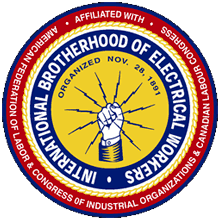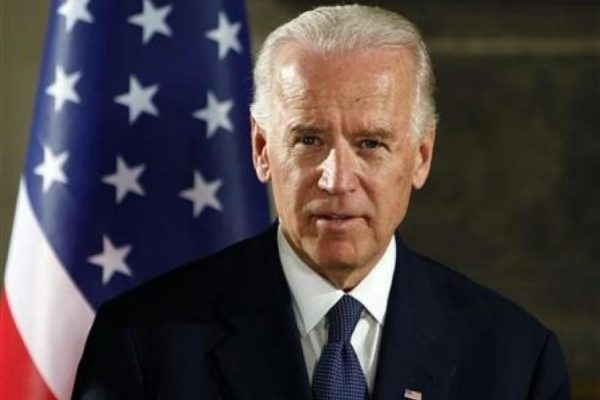April 2, 2014
By Neal Tepel
New York, NY – In Moving Midtown West, a new report by the New York Building Congress urges New York City, State and federal officials to work together on a coordinated plan to design, finance and implement a series of interrelated transportation projects that would transform Midtown Manhattan around Penn and Moynihan Stations.
According to the Building Congress, the four projects – Moynihan Station, Amtrak's Gateway initiative, creating access for Metro-North Railroad into Penn Station, and reconfiguring Penn Station – would reestablish the region's most important entryway to New York City and unlock the full potential of Far West Side development. In addition, these projects would alleviate the stress of an overtaxed rail system, address the overcrowding and confusion of Penn Station, and build much-needed capacity and redundancy with the first new rail link between Manhattan and New Jersey in 100 years.
"The business community, along with the design, construction and real estate industry, understands the urgency of the situation and is ready to support the major investments that will be necessary to upgrade an antiquated transit network, which is ill-equipped to transport the hundreds of thousands of commuters whose daily trips through Penn Station rank among the longest in the nation," said Building Congress President Richard T. Anderson. "Chokepoints in the system, such as the pair of hundred-year-old tunnels under the Hudson, constrain growth. In addition, three major independent rail operators – Amtrak, New Jersey Transit, and the Long Island Rail Road – all use Penn Station as a key station, operating at full capacity during rush hours, with no flexibility to expand."
While these conditions are reason enough to expand rail transportation on the West Side, the Building Congress points to two transformative events that now make it imperative. First is the rezoned Hudson Yards district, which is expected to produce up to 26 million square feet of new commercial space, tens of thousands of new housing units, and millions more square feet of new retail and hotels.
Second, Superstorm Sandy demonstrated the weaknesses of the City's aging transportation network. With just two single-track tunnels connecting the commuter rail network to points west of Manhattan, the entire system would grind to a halt if these tunnels were to fail. While the Hudson River lines into Penn Station did not suffer severe damage from Sandy, other storm-related tunnel closures highlighted the urgent need to build new capacity and redundancy in the system.
"Transportation is the lifeblood of the metropolitan area and the just-released Moving Midtown West report calls attention to the need for new investments in New York's rail infrastructure," said Senator Charles E. Schumer.



